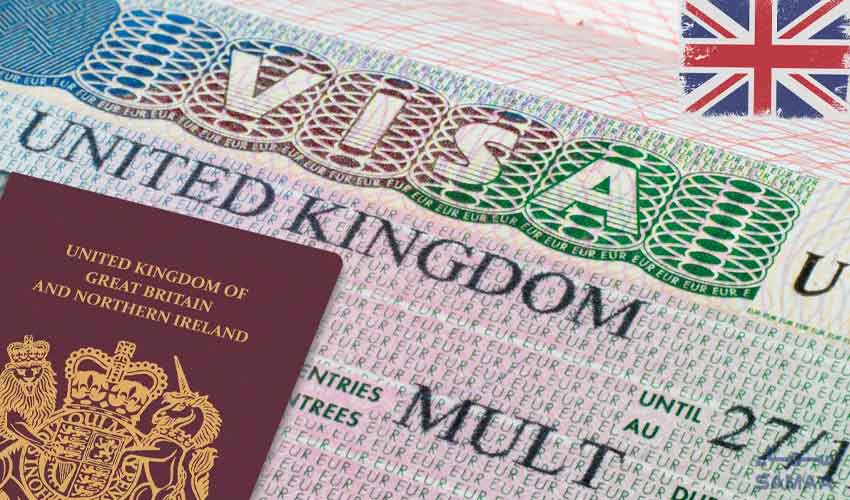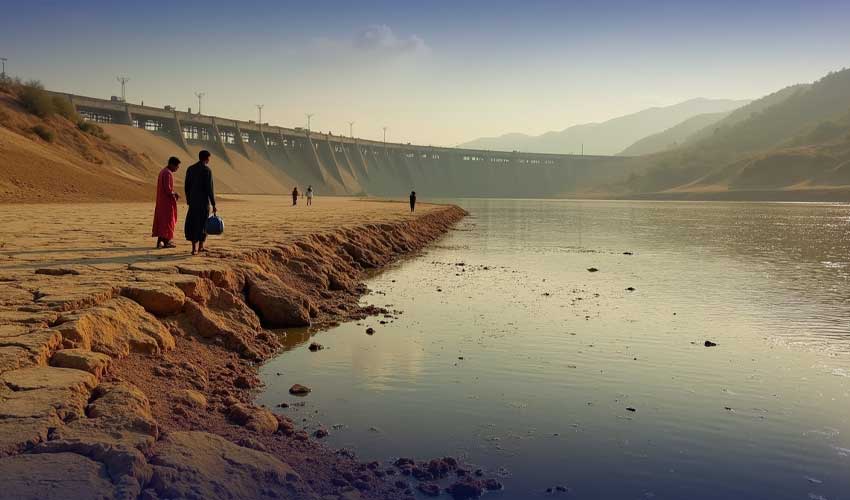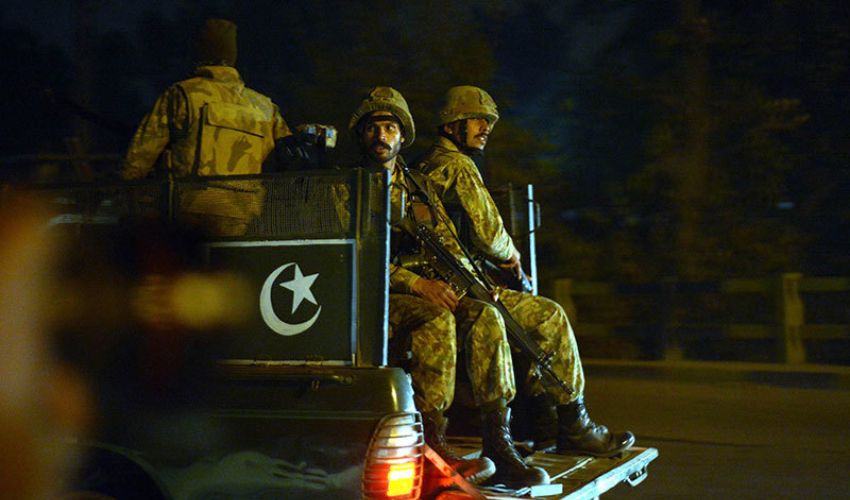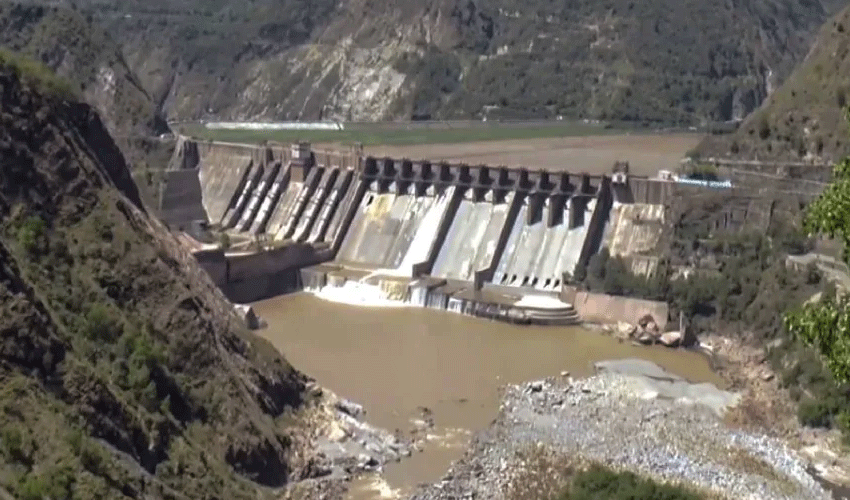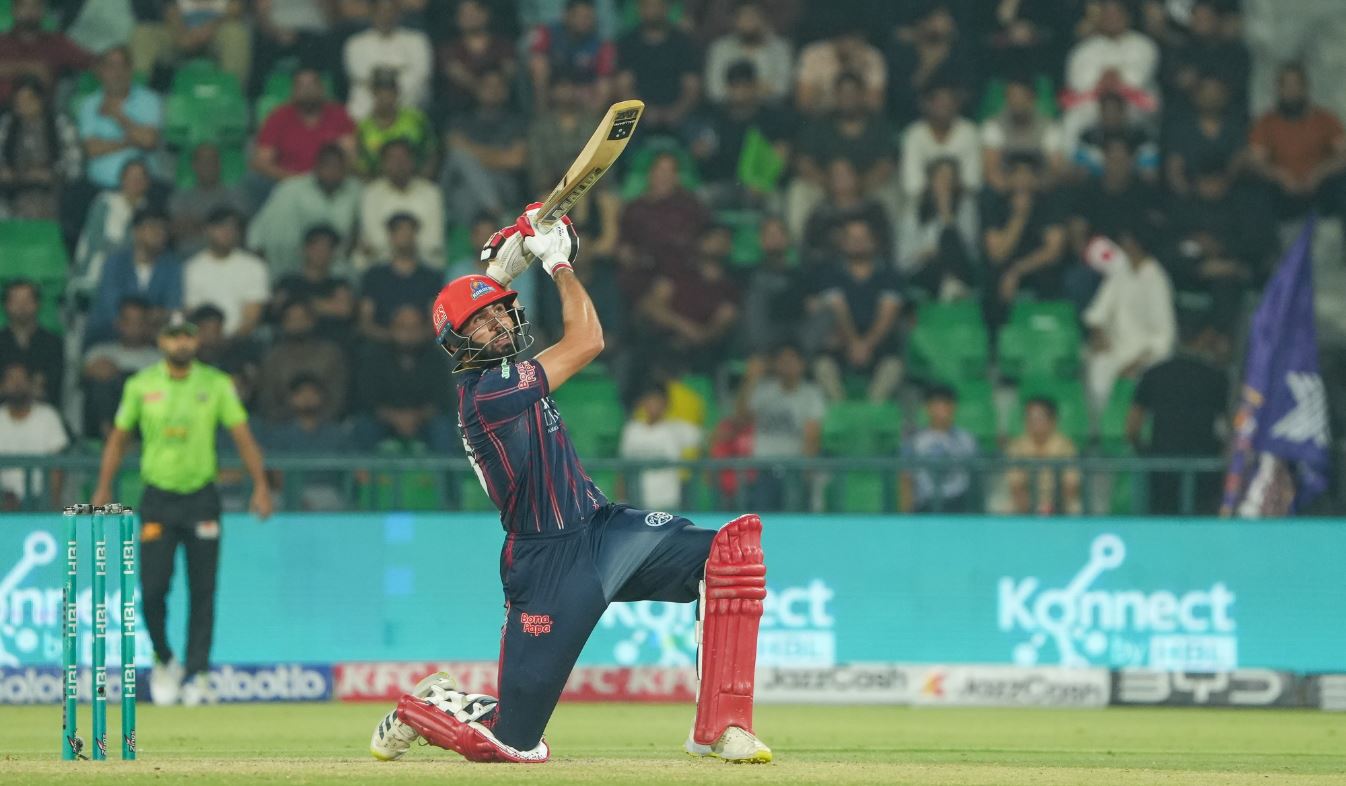Bengaluru, the luxurious southern Indian city that serves as the headquarters for several multinational software companies, is drying up. It has been an exceptionally hot February and March, and locals claim they are dealing with the biggest water shortage in decades.
Water experts worry that the worst may come in April and May when the city of 13 million people experiences the hottest summer heat.
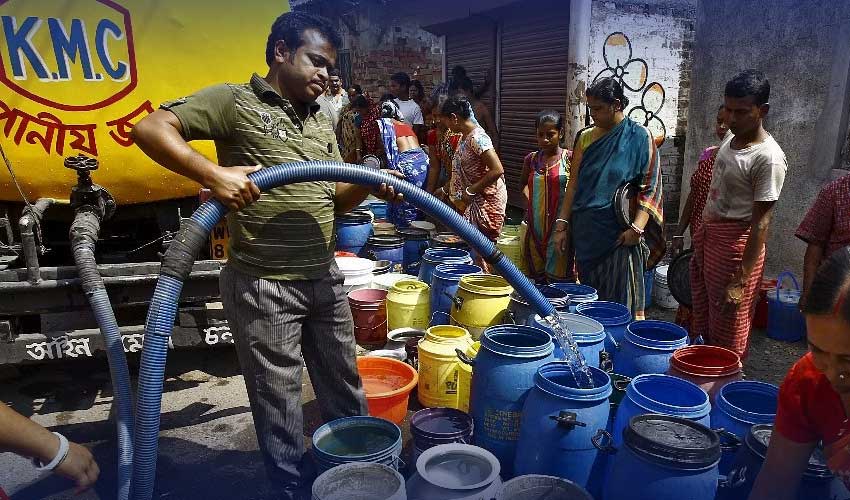
Bengaluru has not seen much rainfall in the past few years, partly because of climate change brought on by humans. Water prices are skyrocketing and the supply is rapidly running out due to the critically low water levels, especially in less privileged areas.
Government officials from the state and city are attempting to get the situation under control by implementing emergency measures including nationalizing water tankers and capping water prices.
Though some bore wells were driven to a depth of 457 meters (1,500 feet), authorities claim that 6,900 of the 13,900 bore wells drilled in the city had run dry. Groundwater users are now forced to rely on water tankers that draw water from neighbouring settlements.
With less rainfall in the city and El Nino, a natural phenomenon that impacts weather patterns globally, "recharge of groundwater levels did not happen as expected," according to Bengaluru-based hydrologist Shashank Palur of the Water, Environment, Land and Livelihood Labs think tank.
To make matters worse, he claimed, there is still work to be done on a new piped water supply from the Cauvery River, which is located around 60 miles (or 100 km) from the city.
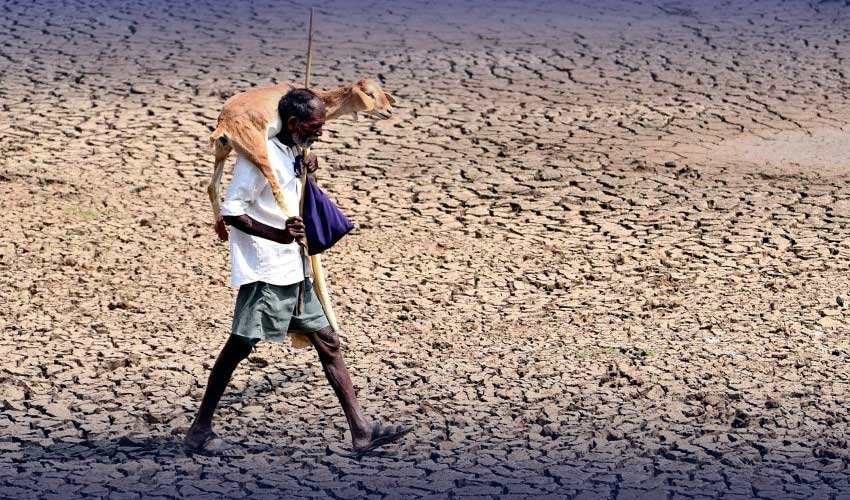
Another issue, according to TV Ramachandra, a research scientist at the Centre for Ecological Sciences at the Indian Institute of Science in Bengaluru, is that about 90% of the city is covered with paved surfaces, which prevents rainfall from penetrating and accumulating underneath.
According to him, the city has lost about 70% of its green space in the last 50 years.
By the end of the decade, almost 40% of Bengaluru's population is expected to lack access to potable water, according to estimates made by the Indian government in 2018. The only people who continue to have a regular supply are those who obtain piped water from rivers outside of Bengaluru.
Ramachandra said, “Right now, everyone is drilling bore wells in buffer zones of lakes. That is not the solution”.
Instead, he added, the city should prioritize restocking the more than 200 lakes that are dispersed around the area, halting new development near lake areas, promoting rainwater collection, and expanding the amount of green space in the city.
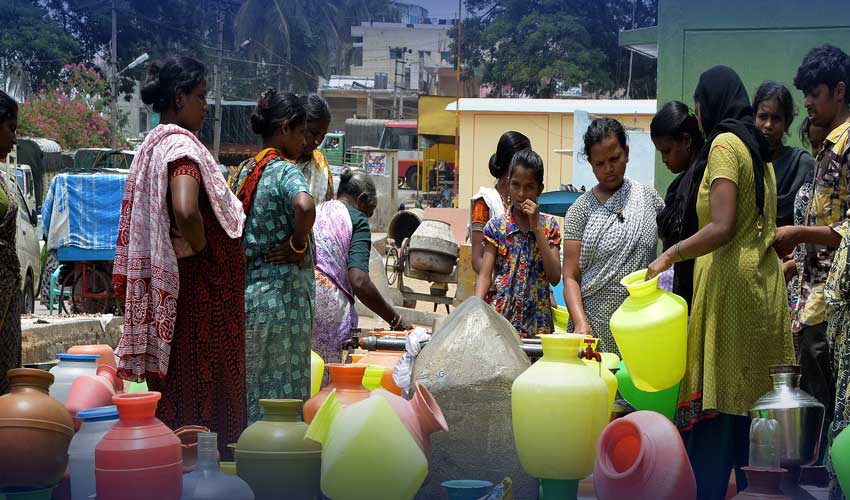
Palur also mentioned that it may be beneficial to locate more sources and make intelligent use of them, such as by recycling treated wastewater inside the city "so that the demand for freshwater reduces."
In the meantime, a few locals are acting seriously. S Prasad, who resides in a housing society consisting of 230 flats with his spouse and two kids, stated that they had started water restriction.
He said, “Since last week, we’ve closed the water supply to houses for eight hours every day, starting at 10 am. Residents have to either store water in containers or do everything they need to in the allotted time. We are also planning on installing water meters soon”.
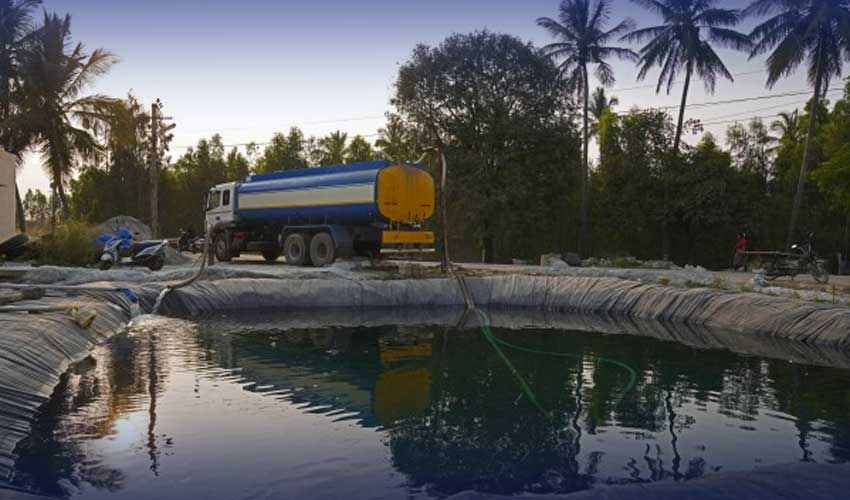
According to Prasad, while their housing society, like many others in Bengaluru, is ready to pay outrageous amounts for water, it still has trouble finding suppliers.
“This water shortage is not only impacting our work but also our daily life,” Prasad said. “If it becomes even more dire, we’ll have no choice but to leave Bengaluru temporarily.”












